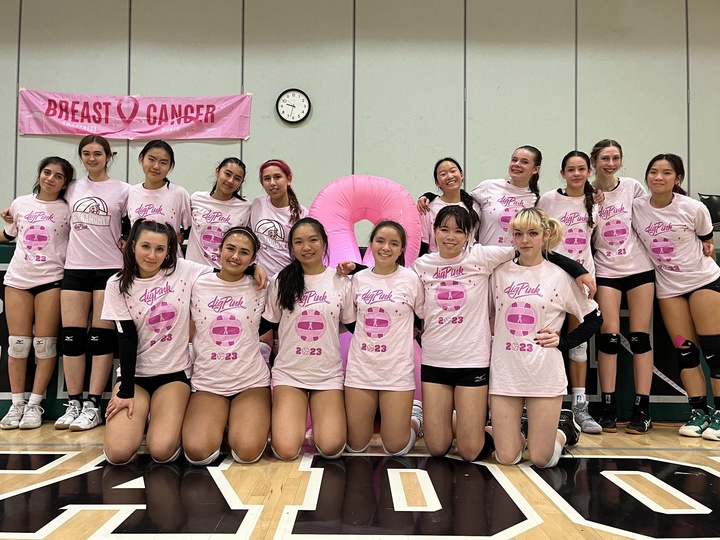When it comes to printing custom T-shirts, choosing the right method is key to getting the result you want.
The three most common options are:
- Screen Printing
- DTG (Direct-to-Garment)
- Heat Transfer
Each method has its pros, cons, and ideal use cases.
So how do you know which one is right for you?
Let’s compare them side by side.

1. Screen Printing (Silkscreen)
Screen printing pushes ink through a mesh stencil onto the fabric. It’s the most traditional and widely used method for bulk orders.
✅ Pros:
- Bold, vibrant, long-lasting prints
- Cost-effective for large quantities
- Works best on 100% cotton T-shirts
⚠️ Cons:
- High setup cost (not ideal for small orders)
- Not suitable for full-color or photo prints
Best for:
- Bulk orders
- Logos, slogans, and bold graphics
- Merch lines, uniforms, and retail drops
🎯 At Guoya, we specialize in high-quality screen printing using 100% cotton tees from 180–300gsm in 26 colors.

2. DTG (Direct-to-Garment)
DTG printing sprays ink directly onto the fabric using a special printer—like a large inkjet for clothes.
✅ Pros:
- Full-color, photo-quality printing
- Great for small orders or one-offs
- No setup cost or screen fees
⚠️ Cons:
- Not as vibrant or durable as screen printing
- Works best on white or light-colored cotton
- Slower for bulk production
Best for:
- Custom one-off designs
- Art-style or photo-based T-shirts
- Print-on-demand stores

3. Heat Transfer (Vinyl or Transfer Paper)
Heat transfer involves applying a pre-printed design onto the shirt using heat and pressure.
✅ Pros:
- Low-cost setup
- Good for personalization (names, numbers)
- Works on cotton and poly blends
⚠️ Cons:
- May peel or crack after repeated washing
- Feels heavier or plastic-like on the shirt
- Not ideal for bulk orders
Best for:
- Small-batch personalization
- Team uniforms, special events
- Budget printing on polyester blends

4. Comparison Table
| Feature | Screen Printing | DTG | Heat Transfer |
|---|---|---|---|
| Print Quality | ✅ Bold & vibrant | ✅ High detail (less vibrant) | ⚠️ Varies (vinyl look) |
| Durability | ✅ Excellent (50+ washes) | ⚠️ Medium (15–30 washes) | ❌ Lower (can peel/crack) |
| Best for | Bulk, branding | One-offs, full-color art | Personalization, small runs |
| Fabric Type | 100% cotton | 100% cotton (light color) | Cotton & blends |
| Setup Cost | High (screens) | Low | Low |
| Cost per Shirt | ✅ Low in bulk | ⚠️ Medium | ❌ High in bulk |

5. Which Printing Method Should You Choose?
✔️ Choose Screen Printing if:
- You’re printing 50+ shirts
- You want bold, solid logos
- You need durability for long-term use
- Your shirts are 100% cotton
✔️ Choose DTG if:
- You’re printing photo or complex artwork
- You want 1–10 pieces
- You’re okay with a softer, vintage feel
✔️ Choose Heat Transfer if:
- You need names, numbers, or custom pieces
- You’re printing on polyester or mixed fabrics
- Budget is tight and you don’t need long-lasting results

6. Why Guoya Focuses on Screen Printing
At Guoya Company, we believe screen printing is the best choice for most apparel brands, businesses, and bulk projects.
Here’s why:
- 🖨️ Long-lasting, vibrant prints
- 👕 Works perfectly with our 100% cotton T-shirts
- 💪 Fabric weights from 180 to 300gsm
- 🎨 Available in 26 shirt colors, S–6XL
- 🎁 Free design support & samples
- ⏱️ 3-day proofing + 5-day delivery
Whether you’re printing for events, reselling merch, or building a clothing line—screen printing gives you the best balance of quality, price, and consistency.

Summary
So which T-shirt printing method is best?
That depends on your design, quantity, and goals.
But if you’re looking for professional results at scale, nothing beats screen printing—and no one does it better than Guoya.
📩 Contact us for free samples or a print consultation today.

